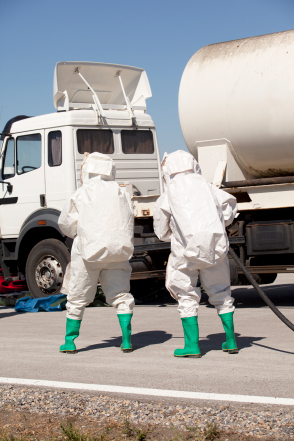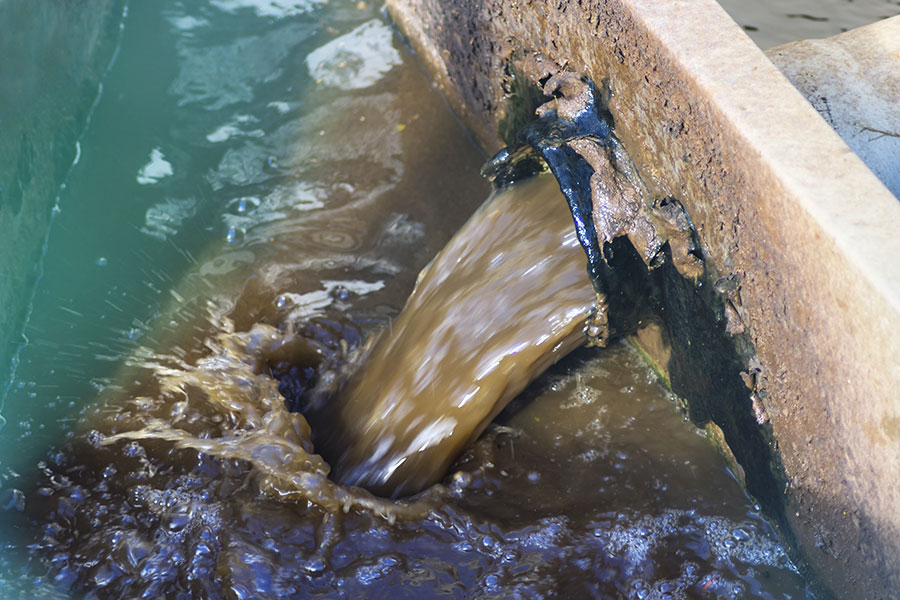Comprehensive Liquid Waste Disposal: Solutions for Houses and Companies
Comprehensive Liquid Waste Disposal: Solutions for Houses and Companies
Blog Article
How Liquid Waste Disposal Functions: A Comprehensive Overview of Methods and Technologies Employed

Introduction of Liquid Waste Types
The complexity of fluid waste kinds necessitates an extensive understanding of their features and effects for disposal. Fluid waste can extensively be classified into numerous kinds, consisting of industrial, community, farming, and harmful waste. Each group exhibits distinctive buildings, requiring details management methods to mitigate environmental and wellness dangers.
Industrial liquid waste stems from producing processes and frequently includes a variety of pollutants, such as hefty metals, solvents, and organic substances. Local liquid waste, primarily comprising wastewater from families and commercial establishments, consists of raw material, nutrients, and pathogens (industrial wastewater treatment). Agricultural fluid waste, consisting of drainage from farms, might contain fertilizers, chemicals, and pet waste, positioning dangers to water top quality and ecosystems
Harmful fluid waste is defined by its toxicity, sensitivity, or prospective to trigger injury. This group includes substances like acids, bases, and certain chemicals that demand stringent handling and disposal protocols. Recognizing these diverse fluid waste kinds is essential for establishing effective disposal techniques and making sure conformity with environmental guidelines. Appropriate classification and characterization are necessary for executing appropriate treatment techniques and lessening the damaging impacts on public health and wellness and the atmosphere.
Physical Treatment Techniques

Screening is the initial step, where larger fragments and particles are eliminated from the liquid waste using displays or grates. This process secures downstream equipment from damages and makes sure smoother procedure. Complying with screening, sedimentation utilizes gravitational force to separate solids from liquids. In sedimentation containers, heavier bits work out near the bottom, developing a sludge layer, while the clarified fluid can be further treated.
Purification is an additional crucial approach that involves passing the liquid through permeable materials, such as sand or membranes, to catch smaller fragments. This action boosts the quality of the fluid, making it appropriate for subsequent therapy processes.

Chemical Therapy Methods
Chemical therapy methods are necessary for effectively taking care of fluid waste, especially in attending to dissolved and colloidal pollutants that physical approaches may not properly remove. These strategies utilize different chemical representatives to counteract, precipitate, or transform harmful substances into less dangerous forms.
One usual method is coagulation and flocculation, where chemicals such as alum or ferric chloride are included to promote the aggregation of put on hold bits. This process enhances sedimentation, enabling easier elimination of the resulting sludge. Additionally, oxidation processes, employing agents like straight from the source chlorine or ozone, are used to damage down intricate natural compounds and virus, providing the waste more secure for discharge or more therapy.
Neutralization is one more crucial method, which changes the pH of acidic or alkaline waste streams to neutral levels, avoiding potential injury to downstream systems and the setting. Moreover, progressed oxidation procedures (AOPs) utilize mixes of oxidants and ultraviolet light to weaken relentless pollutants, achieving a higher level of therapy performance.
Biological Therapy Procedures
Organic therapy processes play an essential function in the management of fluid waste by using microorganisms to disintegrate organic matter and minimize pollutant degrees. These procedures can be extensively categorized into anaerobic and aerobic therapies, each employing specific microbial areas to attain efficient waste degradation.
Cardiovascular treatment includes making use of oxygen to help with the malfunction of organic products by germs. This procedure is generally executed in triggered sludge systems, where aeration containers provide a favorable setting for microbial development, bring about the oxidation of natural toxins. The resultant biomass can be divided from dealt with effluent with sedimentation.
In contrast, anaerobic treatment happens in the lack of oxygen, relying on different germs to damage down raw material. This technique is especially advantageous for high-strength waste, as it produces biogas, an eco-friendly energy source, while reducing sludge production. Technologies such as anaerobic digesters are regularly utilized in commercial and community applications.
Both anaerobic and cardiovascular organic therapies not only reduce the environmental influence of liquid waste yet likewise assist in resource recuperation, making them essential components of sustainable waste monitoring strategies. Their flexibility, reference performance, and efficiency sustain their extensive execution throughout various sectors.
Emerging Technologies in Disposal
Innovative techniques to fluid waste disposal are rapidly progressing, driven by innovations in technology and an enhancing focus on sustainability. Among these arising modern technologies, membrane bioreactors (MBRs) have actually gotten grip for their capacity to incorporate organic therapy with membrane layer purification, causing top notch effluent that can be reused in various applications. MBRs enable smaller sized impacts and a lot more efficient operations compared to typical systems.
An additional appealing development is making use of anaerobic food digestion combined with nutrient healing technologies, which not just treats liquid waste yet likewise produces biogas and recoups valuable nutrients like nitrogen and phosphorus. This double benefit boosts source effectiveness and reduces ecological effect.
Additionally, progressed oxidation procedures (AOPs) are being adopted for the destruction of complex natural contaminants. These techniques make use of effective oxidants and stimulants to break down pollutants at the molecular degree, providing a highly effective service for difficult waste streams.
Moreover, the integration of expert system and device knowing in waste management systems is optimizing functional efficiency and predictive maintenance, bring about lowered costs and improved ecological compliance. These modern technologies reflect a substantial change towards even more effective and lasting fluid garbage disposal practices.
Final Thought
In final thought, effective liquid waste disposal demands a thorough understanding of various techniques and modern technologies. By continually progressing these techniques, it becomes feasible to attend to the growing difficulties connected with liquid waste, inevitably adding to ecological defense and source recuperation.
Liquid waste disposal is an important aspect of ecological administration, needing a comprehensive understanding of numerous methods and innovations customized to different waste kinds. Fluid waste can generally be categorized into a number of kinds, including commercial, local, agricultural, and hazardous waste. Agricultural fluid waste, consisting of overflow from farms, may consist of fertilizers, chemicals, and pet waste, presenting risks to water high quality and communities.
Different physical treatment methods play an essential duty in taking care anchor of liquid waste effectively - industrial wastewater treatment.In conclusion, efficient fluid waste disposal demands a thorough understanding of different strategies and innovations
Report this page